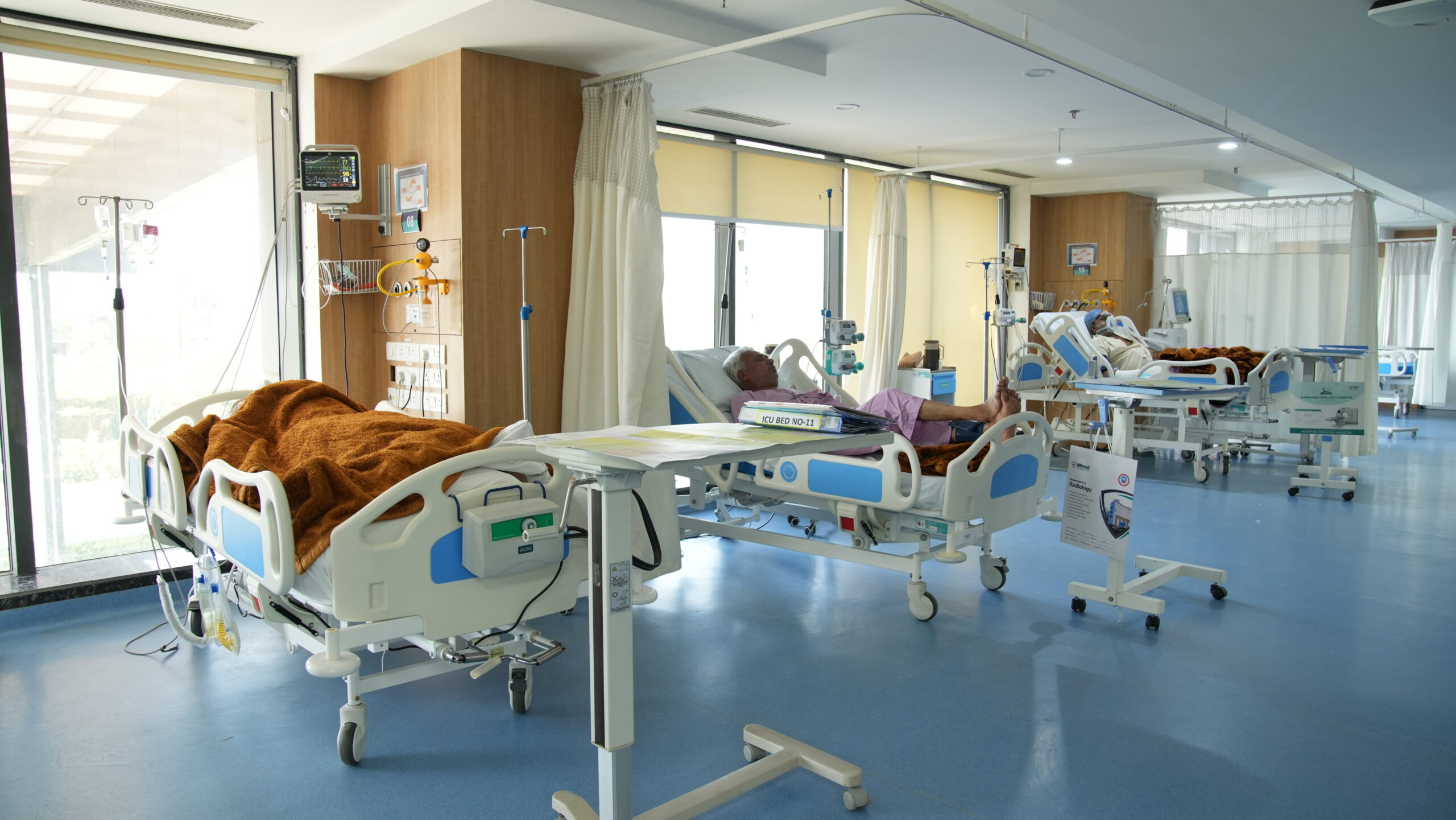Hospital View: Importance of Centralized Oxygen Systems
Modern hospitals in Surat, Bharuch and Ankleshwar rely on advanced centralized oxygen systems to provide life-saving medical oxygen across ICUs, emergency wards, and operation theaters. These BIS-certified oxygen pipelines reduce risks of cylinder shortage and delays. Cities like Dahej, Navsari and Kosamba are adopting automated monitoring for safe supply. Mahadev Industries delivers certified oxygen cylinders and gases with on-time service.



